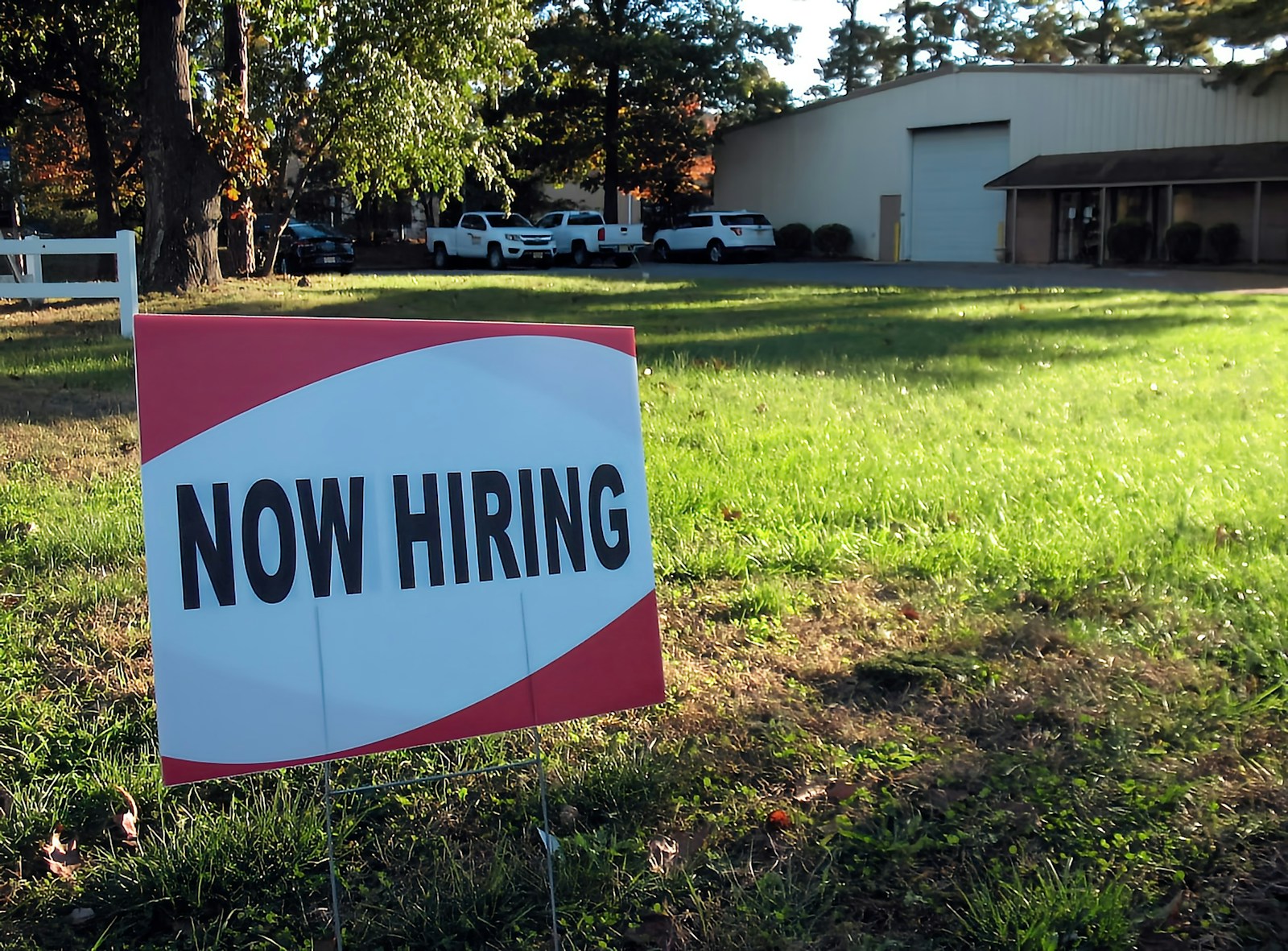HELENA, MT — Montana’s unemployment rate rose slightly to 2.9% in August, but the state achieved a new milestone with over four consecutive years of unemployment at or below 3.4%, extending an unprecedented streak of economic stability.
The August rate represents the 11th straight month below 3% unemployment, according to data released Thursday by Governor Greg Gianforte’s office. Montana continues to rank among the nation’s top five states with the lowest unemployment rates, sitting 1.4 percentage points below the national average of 4.3%.
“In Montana, we’re committed to working across the public and private sector to promote career pathways for all Montanans to reach their full, outstanding potential,” Gianforte said. “Over the next few weeks, the Department of Labor and Industry is hitting the road to highlight this new initiative, 406 JOBS, to inform Montanans of the resources available to enter or re-enter the workforce.”
The unemployment rate increased by 0.1 percentage point from July’s 2.8%, marking a modest uptick after months of sustained low levels. Despite the slight increase, the state’s unemployment figures remain near historic lows, with fewer than 16,000 unemployed Montanans.
Employment Shifts by Sector
Total employment remained relatively stable in August, with payroll jobs unchanged over the month following July’s addition of 1,200 positions. The transportation, accommodation, and food service industries added the most jobs over the past three months, offsetting declines in education, manufacturing, and federal government employment.
July had seen construction and retail trade each add 500 or more jobs, but August showed a shift in hiring patterns across different sectors.
County-Level Variations
Unemployment rates varied dramatically across Montana’s 56 counties in August, ranging from Prairie County’s 1.4% to Big Horn County’s 5.7%.
Lowest unemployment rates:
- Prairie County: 1.4%
- Carter County: 1.5%
- Powder River County: 1.5%
- Daniels County: 1.8%
- Fallon County: 1.8%
Highest unemployment rates:
- Big Horn County: 5.7%
- Lincoln County: 4.6%
- Madison County: 4.4%
- Musselshell County: 4.4%
- Sanders County: 4.4%
Major population centers showed mixed results. Gallatin County, home to Bozeman, saw its rate increase from 2.1% in July to 2.3% in August. Yellowstone County, which includes Billings, saw its rate increase from 2.9% to 3.0%.
Reservation Employment Challenges Persist
Unemployment on Montana’s seven reservations ranged from 4.3% to 11.2% in August, significantly higher than the statewide average of 2.8% (unadjusted).
The Flathead Reservation recorded the lowest rate at 4.3%, while Fort Belknap had the highest at 11.2%. Most reservations saw their unemployment rates increase from July, with the Crow Reservation maintaining a 9.4% rate.
Inflation Concerns Mount
Consumer prices accelerated in August, with the Consumer Price Index rising 0.4% on a seasonally adjusted basis — double July’s 0.2% increase. Shelter costs drove much of the monthly increase, rising 0.4%.
Over the past 12 months, overall inflation reached 2.9%, up from 2.7% in July, while core inflation (excluding food and energy) increased to 3.1%.
406 JOBS Initiative Launches
The unemployment announcement comes as Montana launches its 406 JOBS workforce development initiative. The Department of Labor and Industry is conducting a statewide tour to connect employers, workforce professionals, and educators with state resources and programs.
The initiative builds on Montana’s federal grant to expand youth apprenticeships, part of broader efforts to address workforce challenges despite the state’s historically low unemployment rates.
Montana’s sustained low unemployment reflects both economic strength and ongoing labor market challenges, as businesses continue to report difficulty finding workers even with near-record employment levels. According to the state’s Labor Day Report, more than 100,000 working-age Montanans have left the workforce entirely, helping explain why labor shortages persist despite low unemployment rates. The state has added over 60,000 jobs in recent years while maintaining unemployment rates that consistently rank among the nation’s lowest.
The next Labor Market Information report will be released October 21, covering September 2025 employment data.
